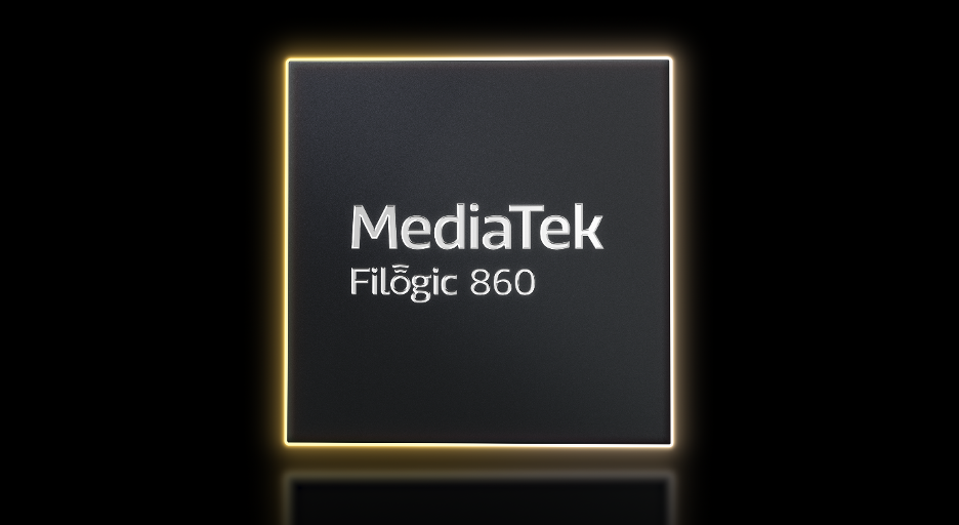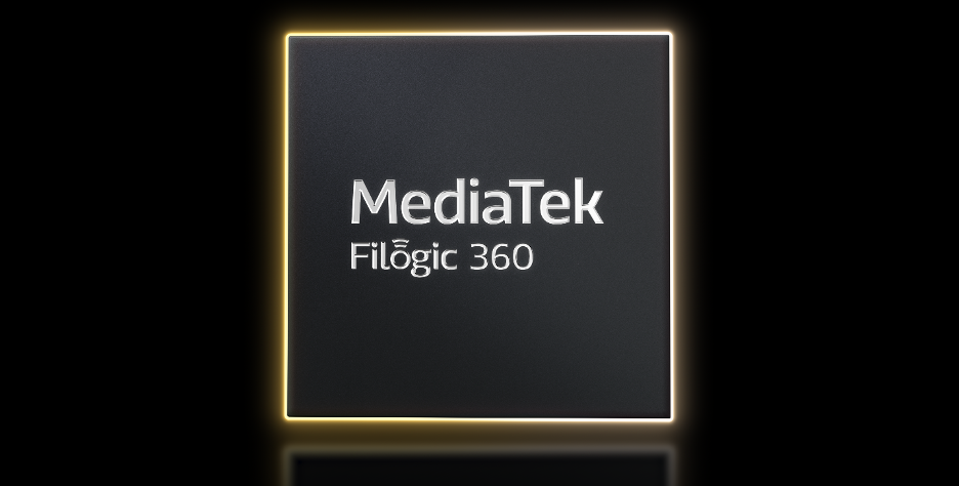Although earlier this month MediaTek announced its latest flagship smartphone chip—the Dimensity 9300, already inside Vivo’s new X100 phone—it also saved a few other product announcements for its Executive Summit held this week in Laguna Niguel, California. While the Dimensity 9300 is expected to compete with Qualcomm’s Snapdragon 8 series of chips, MediaTek also has a growing connectivity business based on its Wi-Fi 7 and 5G modem solutions. At this year’s Executive Summit, MediaTek announced the new Filogic 860 for routers, Filogic 360 for devices and M60 5G modem for 5G RedCap (reduced capacity) applications. All these products point to a new direction for Wi-Fi 7 and 5G with simpler, lower-cost solutions focusing on battery life.
Note that although MediaTek is a client of Moor Insights & Strategy, this article contains our independent analysis of these products, and no one at MediaTek was allowed any editorial input.
Filogic 860 And 360
The new Filogic 860 and 360 Wi-Fi 7 chipsets are based on MediaTek’s current Wi-Fi 7 lineup of products, the Filogic 880 and 380, which are MediaTek’s highest-performance Wi-Fi products available today across many of the world’s leading brands. However, because the 880 and 380 are premium products, they do not necessarily fit into the cost profile of all devices, especially ones that don’t need as much bandwidth. Specifically, the Filogic 800 series is for Wi-Fi 7 routers, while the Filogic 300 series is for end-user devices including PCs, tablets and even smartphones.

MediaTek
MediaTek states that the new Filogic 860 is meant for edge gateways and streaming devices, among other consumer electronics. This may explain why it offers a 7.2 Gbps PHY rate versus the 36 Gbps of the Filogic 880. The 860’s much lower rate will likely also translate to considerably lower power consumption, especially using the 6nm process node. The Filogic 860 also reduces the wired connectivity to a single 10 Gigabit Ethernet port, down from the Filogic 880’s dual 10 Gigabit Ethernet connectivity. MediaTek also scaled back the maximum wireless bandwidth support to 160 MHz from the 360 MHz on the Filogic 880, because 360 MHz is a relatively niche use case, while 160 MHz is far more likely to be used in broader applications.
The Filogic 360 takes many of its cues from the Filogic 860. The 360 offers a peak theoretical bandwidth of 2.9 Gbps, compared to the 6.5 Gbps of the Filogic 380. MediaTek did not remove keystone Wi-Fi 7 features such as MLO (multi-link operation) or MRU (multiple resource units), but it did improve Bluetooth connectivity from dual Bluetooth 5.3 to dual Bluetooth 5.4. MediaTek says the Filogic 360 will likely find its way into Android tablets, Windows PCs and Chromebooks. This makes sense, considering that this is already where the Filogic 380 finds itself today, but at more accessible price points. I believe that the Filogic 360 will significantly improve the accessibility of Wi-Fi 7 for many brands across a broader range of prices. Many of MediaTek’s competitors, including Qualcomm and Broadcom, mainly offer high-end Wi-Fi 7 solutions, so this should fill a significant gap for the industry.

MediaTek
MediaTek M60
The MediaTek M60 follows the thread of the other wireless connectivity products that MediaTek announced this week. In that spirit, the M60 is not a flagship 5G modem like the M70 or M80 that MediaTek already has in the market. Those models seek to deliver the best 5G performance available, while the M60 offers reduced capacity to optimize for lower power. The company says that the MediaTek T300 platform using the M60 modem is the world’s first 6nm single-die RFSOC (radio-frequency system-on-chip) solution for RedCap. Its simplicity makes it broadly applicable across many industries. However, instead of dealing with gigabits per second of bandwidth, the T300 with the M60 offers just 227 Mbps of downlink and 122 Mbps of uplink—again fitting the market for lower-cost, lower-power devices. The M60 is also a 3GPP Rel. 17–capable modem, which means it should accommodate future generations of wireless devices and improve with time as 5G networks mature and adopt 5G Standalone features.
MediaTek’s primary competitor in this space is Qualcomm, whose Snapdragon X35 chipset, announced earlier this year, has similar performance characteristics of 200 Mbps of downlink and 100 Mbps of uplink. Qualcomm also recently announced that its partners will start shipping products that contain the X35 in 2024.
MediaTek and Qualcomm will likely compete for similar applications across enterprise, industrial, XR, consumer, IoT and other applications where low power is more important than high bandwidth. Additionally, 5G RedCap modems such as the M60 will likely replace LTE solutions in IoT and embedded applications, because 4G is more power-hungry and losing support by the day. In fact, MediaTek claims that the M60 offers a 70% reduction in power consumption compared to similar 5G solutions and a 60% reduction in power compared to 4G LTE IoT solutions. The T300 featuring the M60 modem also delivers a 60% reduction in PCB space compared to 4G IoT solutions, further driving down cost and complexity. MediaTek also says that devices with the T300 featuring the M60 5G modem will sample in the first half of 2024, with commercial availability in the second half of 2024.
Wrapping Up
Looking at MediaTek’s new lineup of Wi-Fi 7 and 5G chipsets, there is an obvious theme of delivering the latest technologies at more accessible price points. MediaTek now offers a much broader range of products for cutting-edge technologies that are set to increase in adoption in 2024, especially with Wi-Fi 7 set to become more ubiquitous and 5G Standalone service more commonplace.
While I believe that the Filogic chips from MediaTek are likely to increase the number of devices that feature Wi-Fi 7, I also believe that the M60 RedCap modem inside of the T300 RFSOC may end up being more impactful for the industry. While it is unclear how closely MediaTek’s M60 compares directly to Qualcomm’s X35, it does appear that the two of them will be fairly close in capabilities. Getting a true comparison of them may come down to power consumption, which is even more dependent on OEM implementations, and we may not even see those until well into 2024.























































































